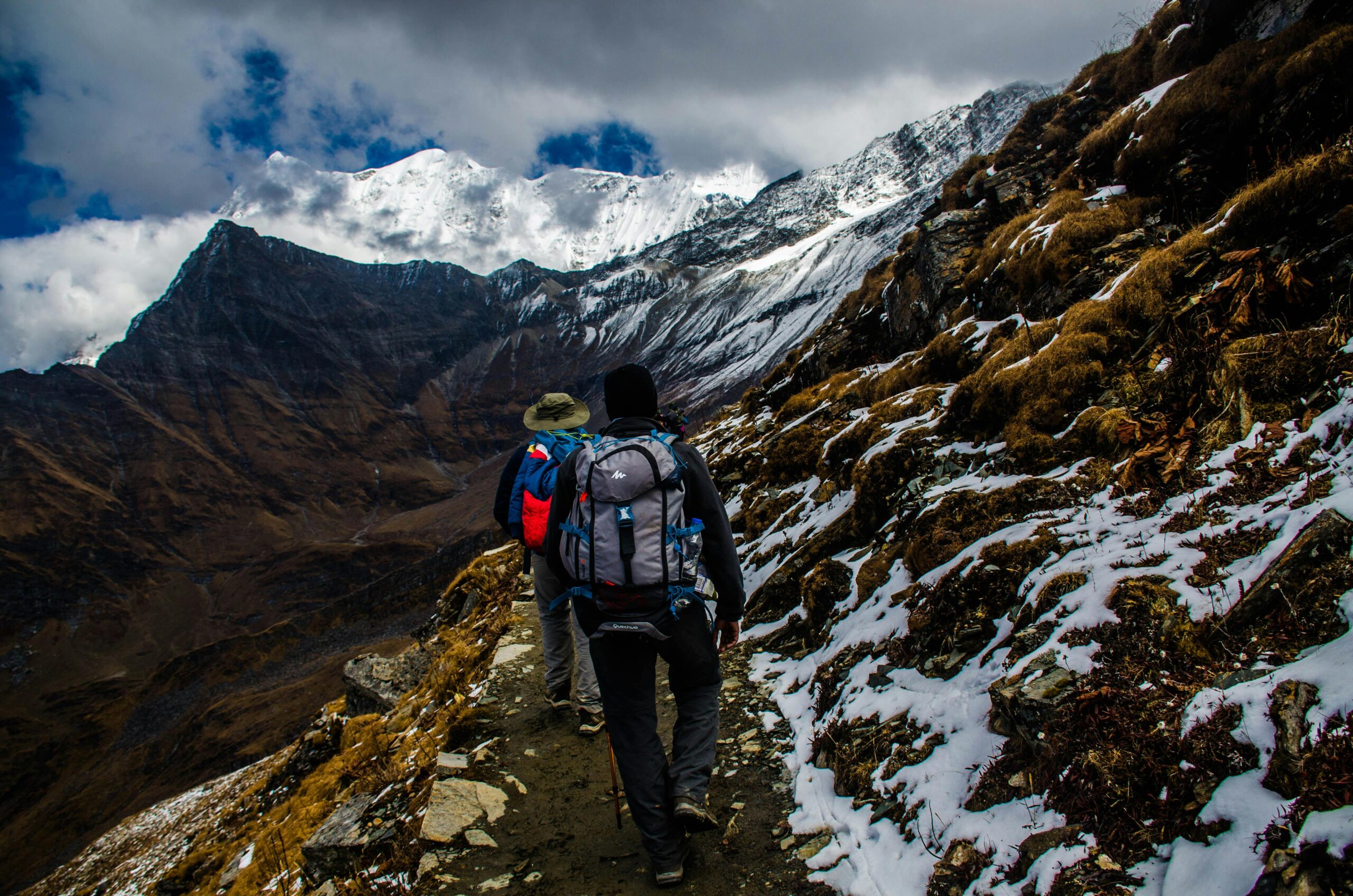Staying hydrated on a hike isn’t just about carrying water—it’s about carrying safe water. If you’re searching for the best hiking water bottle to keep you safe on the trail, you know the risk: unseen bacteria, funky tastes, or worse, a stomach bug miles away from help.

For hikers, access to clean and safe water is one of the biggest challenges. Carrying enough bottled water isn’t always practical, and traditional filters can be bulky or slow. So what’s the solution? Technology might just be your new trail companion.
Today’s hikers need a water bottle that goes beyond storage—something that purifies, stays fresh, and holds up against the rugged outdoors. Enter the new era of smart hydration: a bottle that cleans itself and your water at the same time, no filters or chemicals required.
Let’s break down how the best hiking water bottle can change the way you hit the trail, and why so many outdoor adventurers are switching to smarter solutions like the Smart Water Mate.
The Challenge of Safe Hydration on the Trail
For hikers, access to clean and safe water is one of the biggest challenges. Carrying enough bottled water isn’t always practical, and traditional filters can be bulky or slow. So what’s the solution? Technology might just be your new trail companion.
Today’s hikers need a water bottle that goes beyond storage—something that purifies, stays fresh, and holds up against the rugged outdoors. Enter the new era of smart hydration: a bottle that cleans itself and your water at the same time, no filters or chemicals required.
Understanding the Real Problem: Water Safety While Hiking
Clean water isn’t always a given in nature. Even crystal-clear streams can carry bacteria like E. coli or parasites like Giardia. Therefore, you can’t always trust the source, even in remote areas.
Here’s what hikers are typically up against:
- Unknown Water Sources – Lakes, rivers, and taps in remote areas can contain bacteria or viruses.
- Bulky Purification Systems – Pump filters and tablets take time, effort, and sometimes alter taste.
- Bottle Hygiene – A bottle that stays wet and sealed for hours can quickly start to smell and grow bacteria if not cleaned regularly.
- Plastic Waste – Single-use bottles are bad for your pack and the planet.
Consequently, you need a solution that’s compact, reliable, and easy to carry—and doesn’t require a chemistry degree to use.
How UV-C Technology is Revolutionizing Outdoor Hydration
You may have seen UV-C purification in high-end water purifiers, but now it’s showing up in compact, hiker-friendly bottles.
UV-C light works by targeting the DNA of microorganisms and rendering them harmless. With just a press of a button, harmful bacteria and viruses are neutralized—no filters, no boiling, no tablets.
Benefits of UV-C Water Bottles for Hikers:
- Fast Purification – Safe water in under 2 minutes.
- No Replacement Filters Needed – Long-term savings and less bulk.
- Kills 99.9% of Bacteria and Viruses – Including E. coli, Salmonella, and Listeria.
- Chemical-Free Process – Doesn’t change the taste of water.
Therefore, whether you’re pulling water from a stream or reusing tap water at a rest stop, a UV-C water bottle makes it safe and easy.
The Smartwatermate Smart Flow Bottle: Designed for the Trail
Let’s talk practicality. The Smart Flow Bottle by Smartwatermate was built with hikers in mind. It’s more than just a fancy gadget—it’s a tough, reliable piece of gear you can count on.
Here’s what makes it hiker-approved:
- Self-Cleaning Feature: No more bottle stink. It uses UV-C light to keep the bottle itself clean between uses.
- Leak-Proof Design: Toss it in your backpack without worry.
- Lightweight & Durable: Made from BPA-free materials that can take a few hits on the trail.
- Long-Lasting Battery: Charge it once, and it can last for weeks of use.
- Eco-Conscious Choice: No more plastic bottles. One bottle, many adventures.
As a result, it’s not just a hydration tool—it’s peace of mind in your pack.
What to Look for in the Best Hiking Water Bottle
There are tons of water bottles out there—but if you’re serious about hiking, here’s what to look for:
1. Purification Capability
UV-C light, built-in filters, or boiling are all options. However, UV-C is fastest and most convenient.
2. Weight and Size
Go for lightweight, compact bottles that don’t sacrifice capacity.
3. Durability
BPA-free materials, shatterproof construction, and good insulation can make a big difference.
4. Ease of Cleaning
Look for self-cleaning tech or wide-mouth designs that are easy to rinse and scrub.
5. Eco-Friendliness
Reusable bottles cut down on waste. Smartwatermate even helps reduce your reliance on plastic entirely.
By focusing on what truly matters—safety, simplicity, and sustainability—you’ll find a bottle that’s more than just a container.
Practical Tips for Staying Hydrated on the Trail
Even with the best hiking water bottle, hydration still takes a little planning. Here are a few quick tips:
- Drink Before You’re Thirsty – Thirst means you’re already mildly dehydrated.
- Know Your Sources – Plan your hike around water refill points if you’re not carrying enough.
- Mark Your Bottle – Use time marks to remind yourself to drink steadily throughout the hike.
- Stay Cool – In hot weather, sip more often, not more all at once.
Final Thoughts: Smart Hydration for Smart Hikers
When it comes to hiking, your gear can make or break your experience—and your health. Choosing the best hiking water bottle isn’t just about convenience. In fact, it’s about safety, comfort, and sustainability.
The Smart Flow Bottle by Smartwatermate brings all of that together in a way that’s simple, reliable, and perfect for the great outdoors. Whether you’re a weekend warrior or a thru-hiker planning your next long trek, upgrading your water bottle could be the smartest trail move you make.

